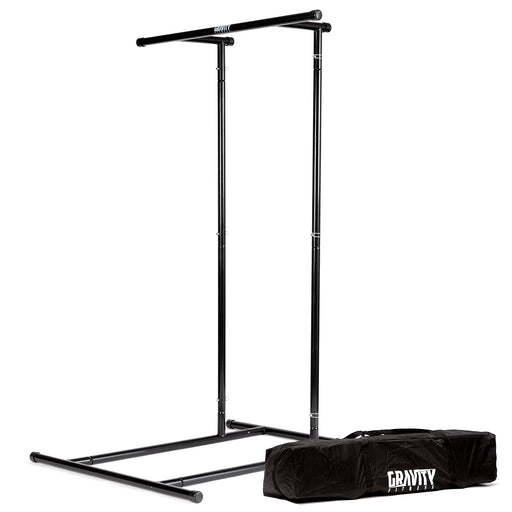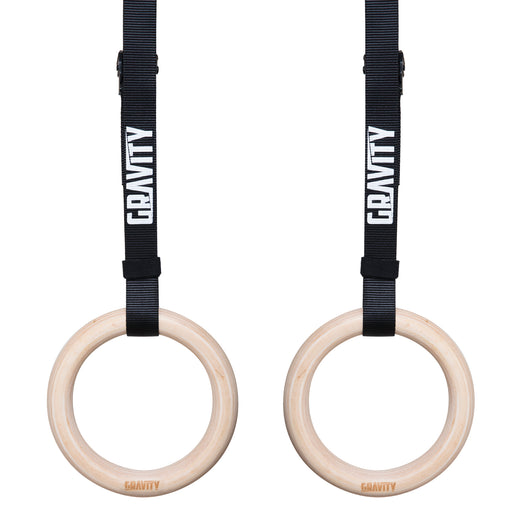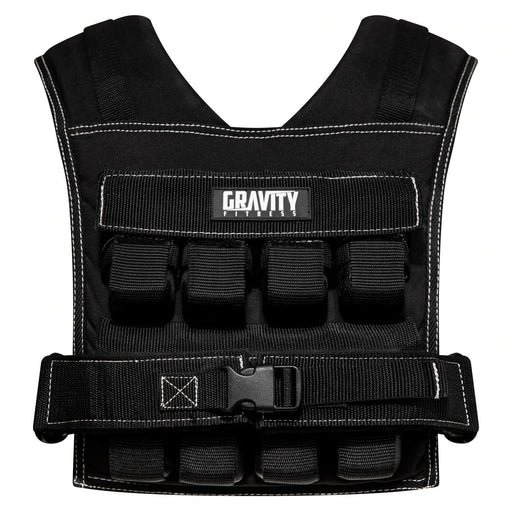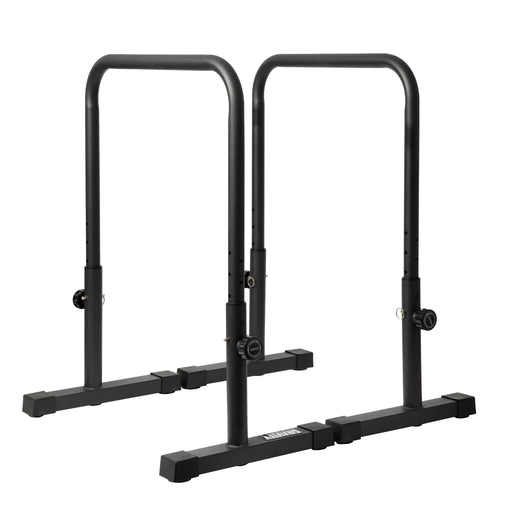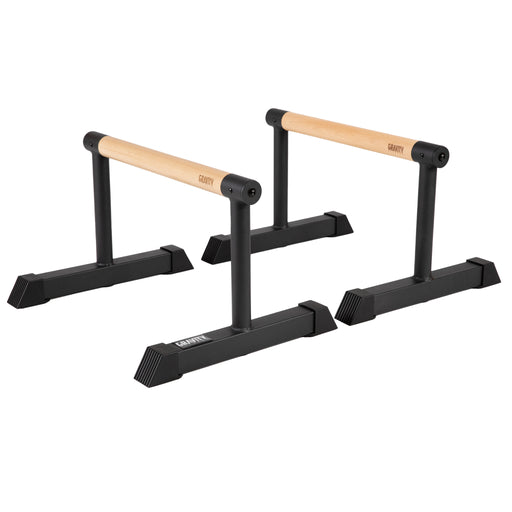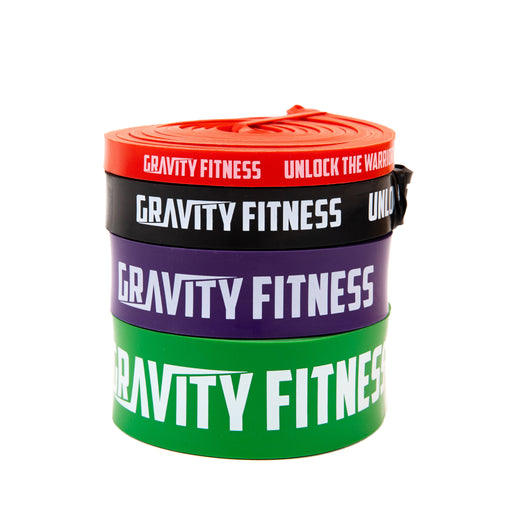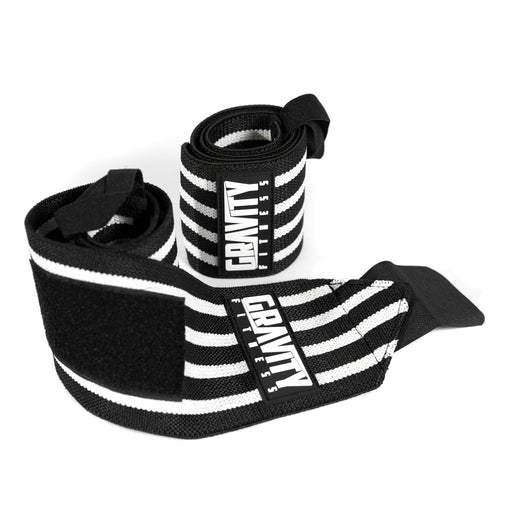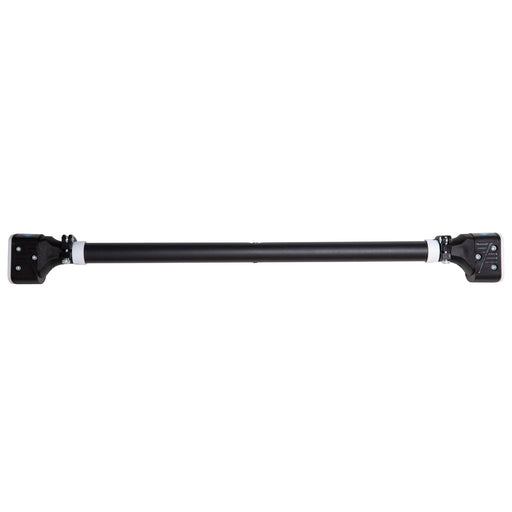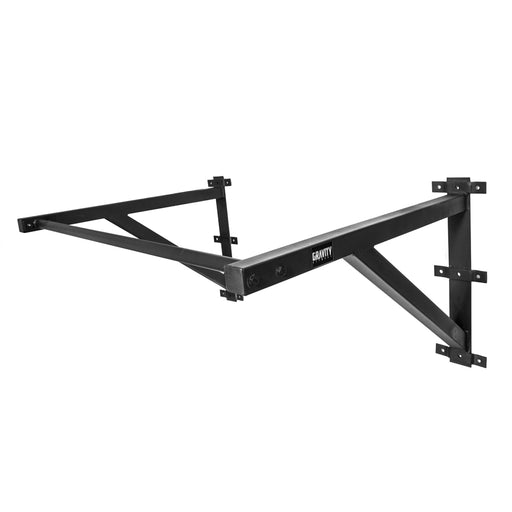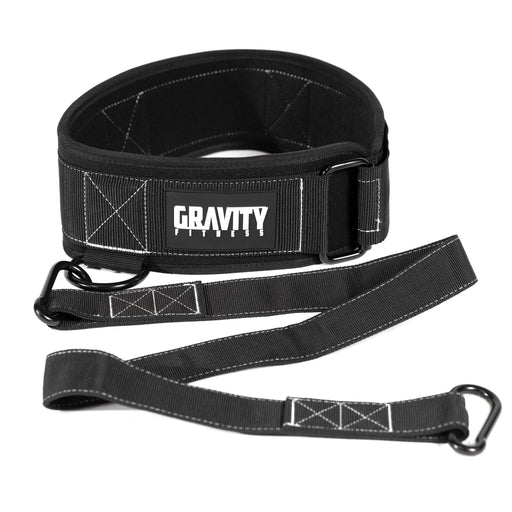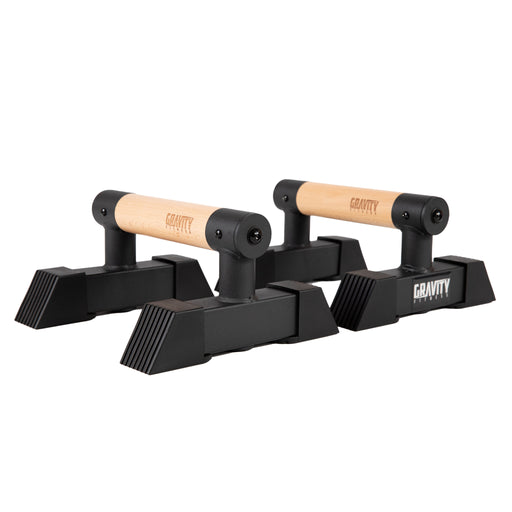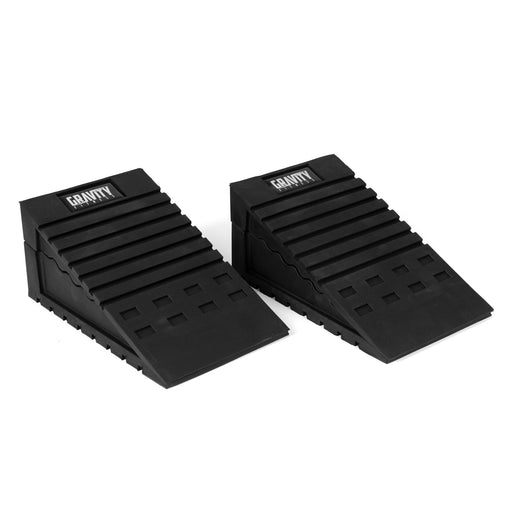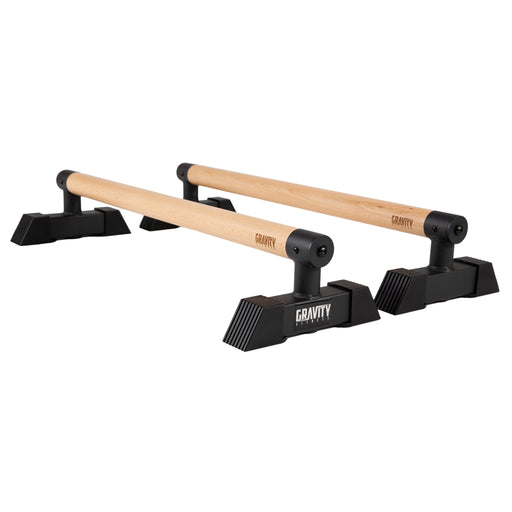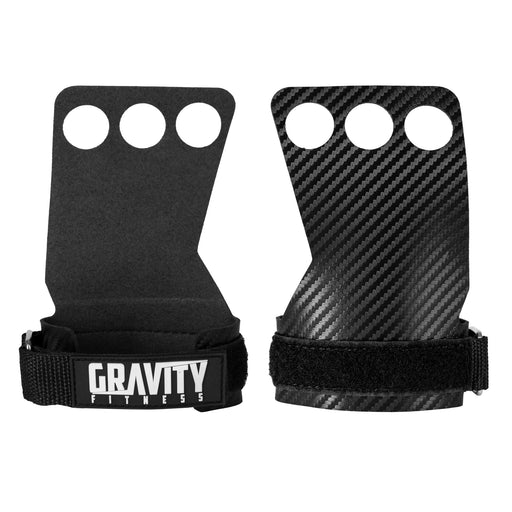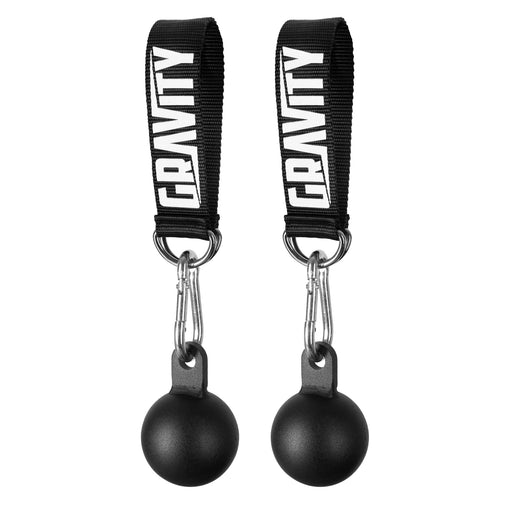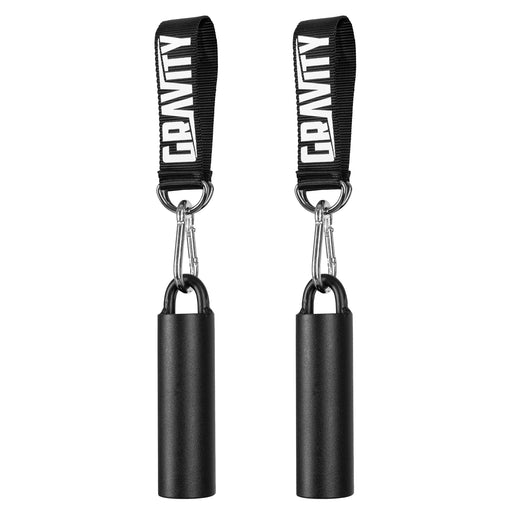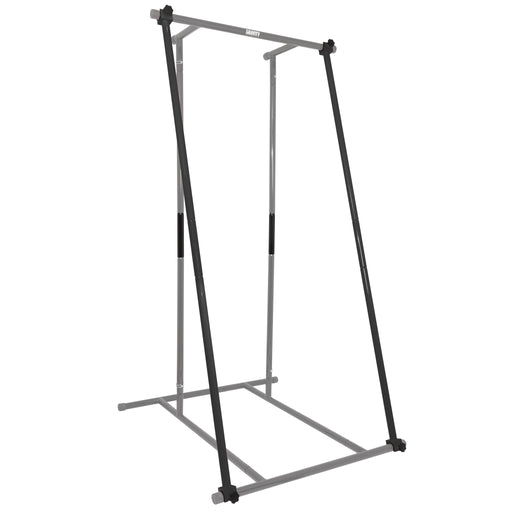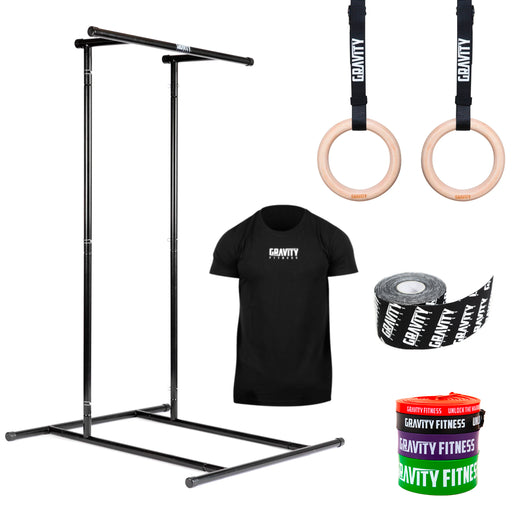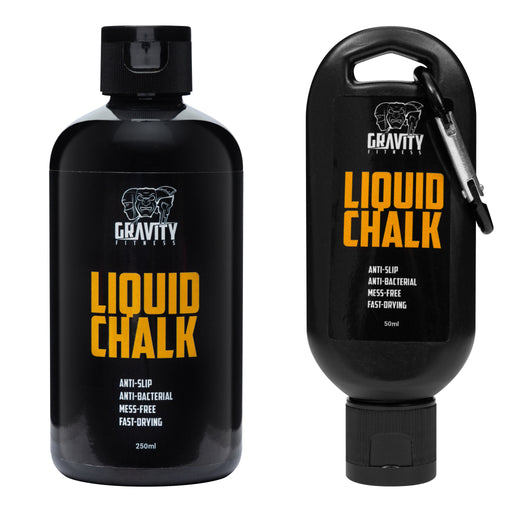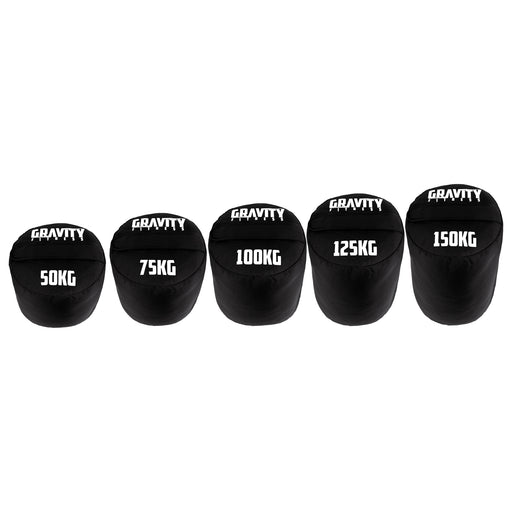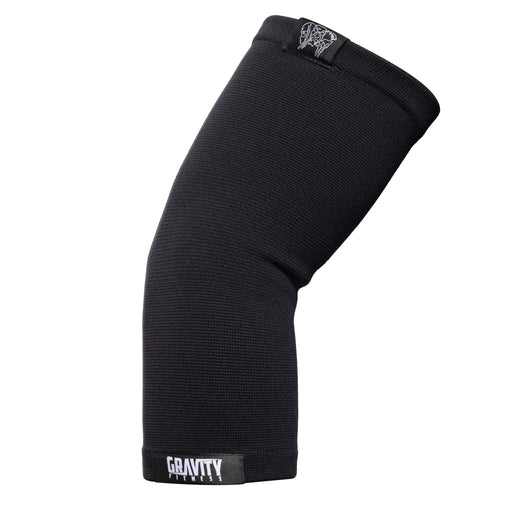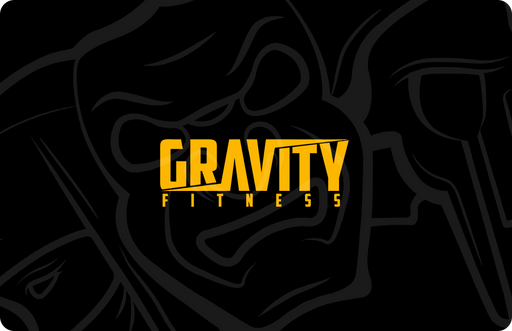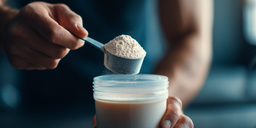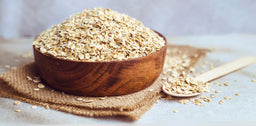
Bulking vs Cutting in Winter: What Science & Calisthenics Tell Us
As the days grow shorter, the air turns crisper and the urge to bundle up indoors—winter brings natural shifts: less daylight, colder temperatures, perhaps less outdoor activity. Many lifters and fitness enthusiasts face the same dilemma: should I try to lean out (cut) through the winter months—or use the season to bulk and build?
On one hand, summer is often the time people want to look shredded; on the other, winter offers fewer social pressures and perhaps an opportunity to pack on muscle. Is bulking during winter scientifically sound? Are there real metabolic advantages (or pitfalls)? And how can calisthenics training affect the outcome?
Below we explore common misconceptions, arguments for and against bulking or cutting in winter, and make a reasoned conclusion based on science and practical experience.
Common Misconceptions
Before diving into pros and cons, here are a few myths and misunderstandings people often carry into the bulking vs cutting debate:
-
Myth 1: "You’ll gain fat if you bulk in winter, no matter what."
Reality: Degree of surplus, nutrition, training, and metabolism matter — not just season. -
Myth 2: "Cutting in winter is easier because you’re less hungry."
Reality: Cold can increase appetite; cold exposure tends to increase energy intake in some studies. -
Myth 3: "Calisthenics can’t build serious muscle; weights are essential."
Reality: Calisthenics, if done with progressive overload, can meaningfully increase strength and muscle thickness - Myth 4: "Metabolism slows down massively in winter, so cutting is impossible."
Reality: Winter and cold exposure do increase energy expenditure to maintain body temperature, but the effect has limits and depends on how cold, how often, and how your body responds.
Arguments for Bulking During Winter
Here are some reasons why winter might be an ideal time to bulk (increase caloric intake with the goal of building muscle), especially if you train calisthenically.
-
Higher Energy Expenditure from Thermogenesis
-
Cold exposure increases energy expenditure. Studies show both acute cold exposure and mild cold environments cause the body to burn more calories to maintain core temperature.
-
Example: In mild cold conditions, 24-hour energy expenditure can increase by ~6-7% in free-living conditions
-
This means a surplus needed for bulking could be “softened” by natural extra calorie burn, reducing fat gain risk compared to bulking in summer or very warm climates.
-
Less Visible Pressure / More Psychological Comfort
-
Colder weather, warmer clothes, fewer social expectations (e.g., beach season) often reduce pressure to stay extremely lean. Mental comfort can allow for better adherence to nutrition and training without feeling “on show.”
-
Easier to eat more calories when appetite is naturally higher in cold or when thermogenesis stimulates hunger. Studies indicate an increase in ad-libitum energy intake under mild cold.
-
Better Recovery: Less Heat Stress
-
Heat places stress on the body; in winter, cooler ambient temperatures may reduce overheating, improve sleep quality, allow better recovery between training sessions.
-
Particularly relevant when training with high volume or intensity (which is often the case during bulking periods).
-
Maximising Off-Season Gains
-
For many, winter is "off-season" in terms of physique goals: less social stress, more time for recovery, planning. Bulking in winter gives time to build muscle before cutting phases for summer.
-
For calisthenics practitioners: building foundational strength via pull-ups, dips, progressive push-ups, levers etc. is easier when eating well and recovering well.
Arguments against Bulking in Winter (or for Cutting)
While there are perks, bulking in winter also has challenges; cutting might make sense in some situations.
-
Fat Gain Risk
-
Even with increased energy expenditure, a large or poorly controlled surplus can lead to substantial fat gains, which may be hard to shed later.
-
For people already carrying higher body fat percentage, additional fat gain may not be desirable.
-
Motivation & Visibility
-
When you bulk, you might feel less visible or less confident early on (because lean muscle definition reduces temporarily). This can affect motivation.
-
For some athletes or fitness influencers, image or competition demands make being lean more important year-round.
-
Dieting Challenges in Cold
-
Cold increases appetite and desire for calorie-dense foods (comfort foods). Resisting these cravings while maintaining deficit can be hard.
-
People may compensate with less activity, or more indoor sedentary behavior, reducing total energy expenditure somewhat.
-
Training Limitations
-
For those who depend on outdoor or warm conditions for training, winter constraints (cold, reduced daylight, colder indoor gyms) can degrade training quality or consistency.
-
In calisthenics too, bodyweight exercises can have limitations: as strength increases, certain movements become too easy without progressive overload (weighted calisthenics), which may require equipment.
Calisthenics & Winter: How It Fits In
Since Gravity Fitness often promotes calisthenics training and movement, let’s see how calisthenics works in this winter bulking vs cutting scenario.
-
Studies show calisthenic or progressive bodyweight push-up training can increase strength and muscle thickness in the upper body, similarly to bench-press style work over a short duration.
-
Calisthenics is adaptive: you can make exercises harder (weighted vests, slower eccentrics, plyometrics, lever progressions) to maintain overload even when bodyweight alone stops being enough.
-
It’s low-cost, can be done indoors or where you live, and works well with winter’s more limited outdoor options.
Also helps maintain muscle when cutting: strength preservation is key, and calisthenics with sufficient protein intake helps reduce muscle loss during a calorie deficit.
Arguments for Cutting in Winter
While many lean toward bulking, there are valid reasons someone might prefer to cut in winter:
-
If body fat is already at higher levels and discomfort, health risks (e.g., insulin resistance, joint strain) are a concern. Cutting earlier rather than letting fat accumulate can protect long-term health and performance.
-
If you have upcoming events, show-ups, or personal goals that require leanness (photo shoots, competitions), staying lean may matter year-round.
-
Cutting when activity is potentially lower may force discipline in diet, which can strengthen habits for later bulking phases.
What the Evidence and Practical Experience Suggest
Putting all the pieces together:
-
There is a scientific basis to believe winter gives you slight metabolic advantages for bulking: cold-induced thermogenesis, increased resting or non-resting energy expenditure, and increased appetite that supports increased intake.
-
Calisthenics is a strong method for building and maintaining muscle, especially when you use progressive overload a weighted vest or otherwise, and when paired with good nutrition.
-
That said, bulking isn’t without risk: poorly managed surplus, insufficient recovery, or ignoring personal comfort/psychological factors can turn it into “just gaining fat.”
My educated take for most people: Winter is a great time to bulk — but do it smartly:
-
Maintain a moderate surplus (just enough to support muscle growth without excessive fat gain).
-
Prioritise protein, sleep, recovery.
-
Use calisthenics (and where possible, weighted calisthenics) to drive muscle stimulus.
-
Monitor body composition so you can transition to cutting or recomp before summer.
For some, a hybrid or “body recomp” (slow gain of lean mass with minimal fat gain) might make more sense than full blown bulk or steep cuts. Use winter to build strength, lay down muscle, and remember: done right, a winter bulk sets you up for a lean, strong spring or summer.












